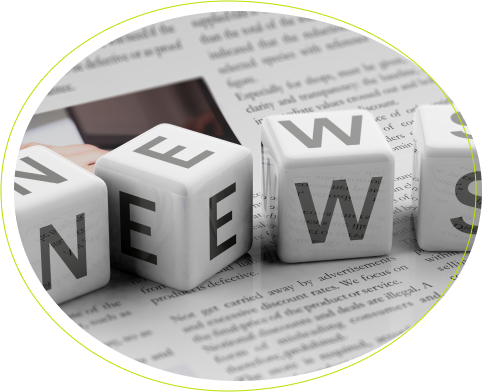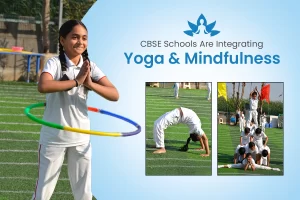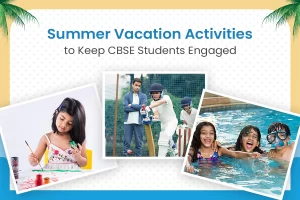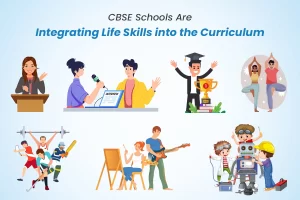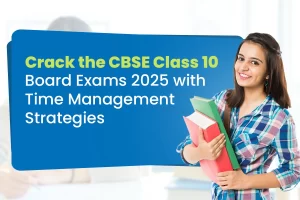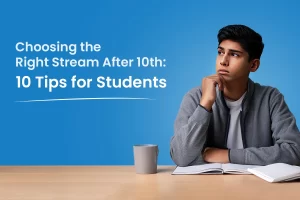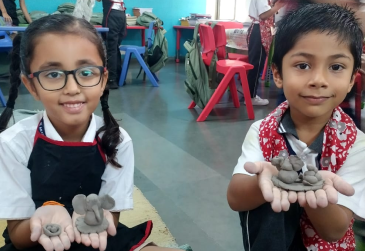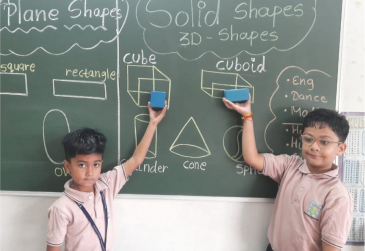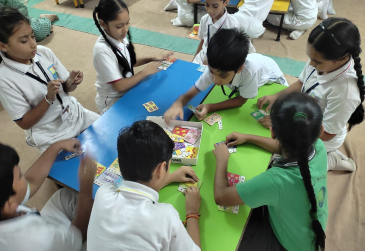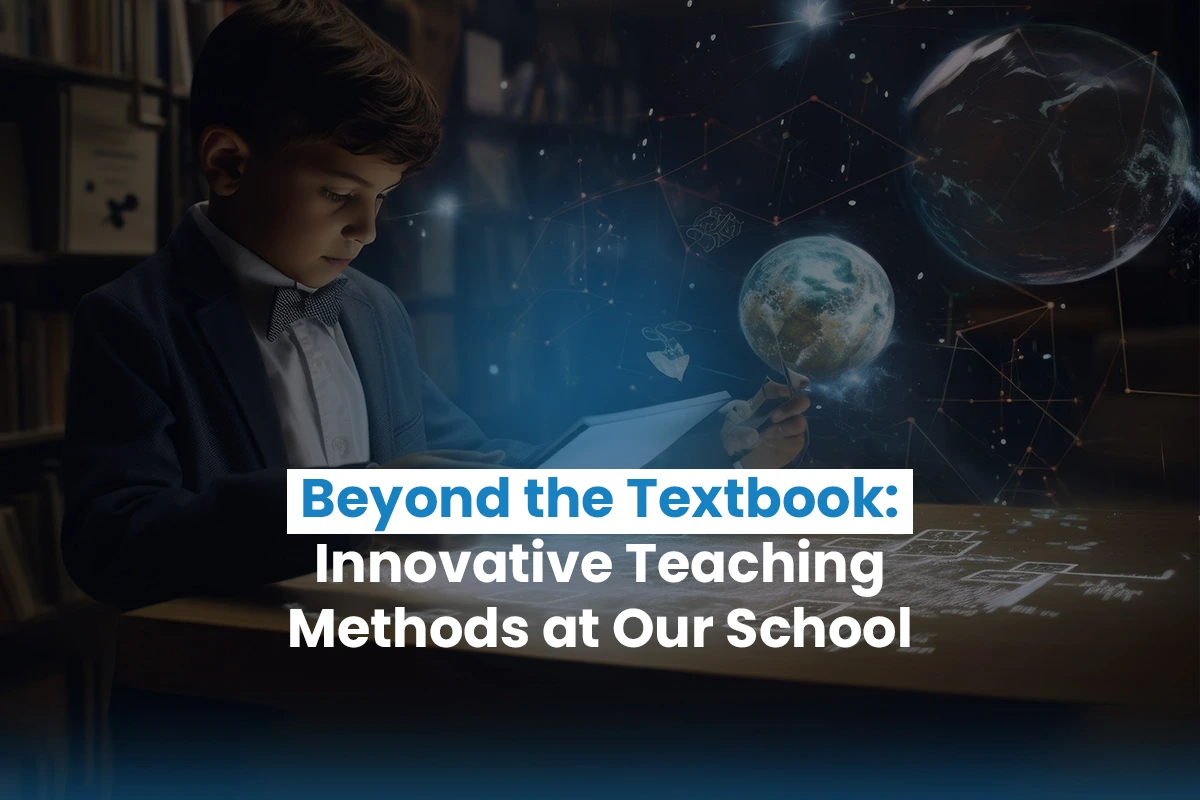In this age, where everybody has information within their reach, there is a need for creative strategies for teaching that will hold and motivate the learners. This is the case with our institution, as we have progressed, moving beyond traditional textbooks to abstract active learning that the current generation needs to cope with the demands of the coming age.
The Digital Revolution in Education
Classroom technology has undergone a huge transformation, from being viewed as a bonus to being a necessity. We have interactive smartboards and smart devices loaded with educational materials that enhance the learning experience. It is no longer passive learning for the students; they interact with the information by creating digital projects, attending virtual field trips, and working with other students.
Adapting to Different Learning Styles
Understanding that every student learns differently, our teaching approaches and strategies are designed to cater to various learning styles. Visual learners benefit from infographics and video content, while kinesthetic learners engage in hands-on experiments and interactive activities. Auditory learners thrive in our discussion-based sessions and multimedia presentations.
Breaking Away from Convention
While traditional education methods focused primarily on lectures and memorization, our school has adopted a more dynamic approach. We recognize that the one-size-fits-all model of education is outdated. Instead, we implement various styles of teaching methods that promote critical thinking, creativity, and practical application of knowledge.
Project-Based Learning: Making Education Relevant
One of our most successful innovative teaching methods is project-based learning, which offers numerous benefits of project-based learning by engaging students in hands-on, interdisciplinary projects. These projects connect real-world problems to classroom concepts, making education more relevant and meaningful. For example, our middle school students recently designed eco-friendly housing solutions—applying principles from science, mathematics, and environmental studies—demonstrating how project-based learning fosters critical thinking, collaboration, and practical skills.
Flipped Classroom Approach
We were able to apply the flipped classroom model, which allows learners to study lecture materials at home through video lessons, while all classroom time is devoted to debating, resolving problems, and other class activities. This arrangement helps enhance the in-class interaction between teachers and students, making it easier for teachers to offer personalized assistance.
Gamification of Learning
We have included gaming components in our curriculum to enhance the learning experience. By using interactive games and friendly competitions, students hone their problem-solving abilities while remaining highly motivated and engaged. This method has been especially successful in areas such as math and science.
Collaborative Learning Environments
There is an understanding that to learn something, one must experience it first. Field trips, guest speaking, and practical lessons are part of the routine. These activities allow students to apply their knowledge from books and peer education to real-world situations outside of the classroom and society, thereby making the learning process more practical and deeply ingrained in the learner.
Integration of Arts and Technology
STEAM (Science, Technology, Engineering, Arts, and Mathematics) education is at the forefront of our teaching approaches and strategies. By incorporating arts into traditional STEM subjects, we encourage creativity and innovation while making technical subjects more accessible and engaging for all students.
Data-Driven Personalization
Technology in the classroom allows us to collect and analyze data about student performance and learning patterns. This information helps teachers customize their instruction to meet individual student needs, providing additional support where necessary and advancing students who are ready for more challenging material.
Beyond Academic Skills
Our innovative teaching methods extend beyond academic achievement to focus on developing essential life skills. Through project management, public speaking opportunities, and leadership roles in group activities, students develop the soft skills crucial for success in their future careers.
Experiential Learning Opportunities
We believe in learning through experience. Field trips, guest speakers, and hands-on experiments are regular features of our curriculum. These experiences help students connect classroom learning with real-world applications, making education more meaningful and memorable.
Assessment Reimagined
Moving away from traditional education methods of testing, we’ve implemented diverse assessment strategies. Portfolio-based assessments, project presentations, and continuous evaluation provide a more comprehensive view of student progress and abilities than traditional examinations alone.
Professional Development for Teachers
Our educators frequently engage in professional development courses to keep up with the latest trends in pedagogical approaches and educational tools. Such dedication to learning on the job translates to our learners getting the best and the most current skills taught.
Community and Connections
Technology enables our students to connect with peers and experts, participating in projects and cultural exchange programs. These connections help develop awareness and cultural sensitivity while providing authentic learning experiences.
Looking to the Future
We are always looking for new ways to improve the way we teach in the classroom, but we never forget how important it is to help kids succeed in the future. This way of teaching combines the good social aspects of traditional methods with the effectiveness of modern methods, making sure that our students get the best of both worlds.
The way we learn is always changing, and our school is still a leader in innovative ways of teaching. We make sure that our students are ready for the challenges and opportunities that lie ahead by constantly improving the way we teach and embracing new technologies.
